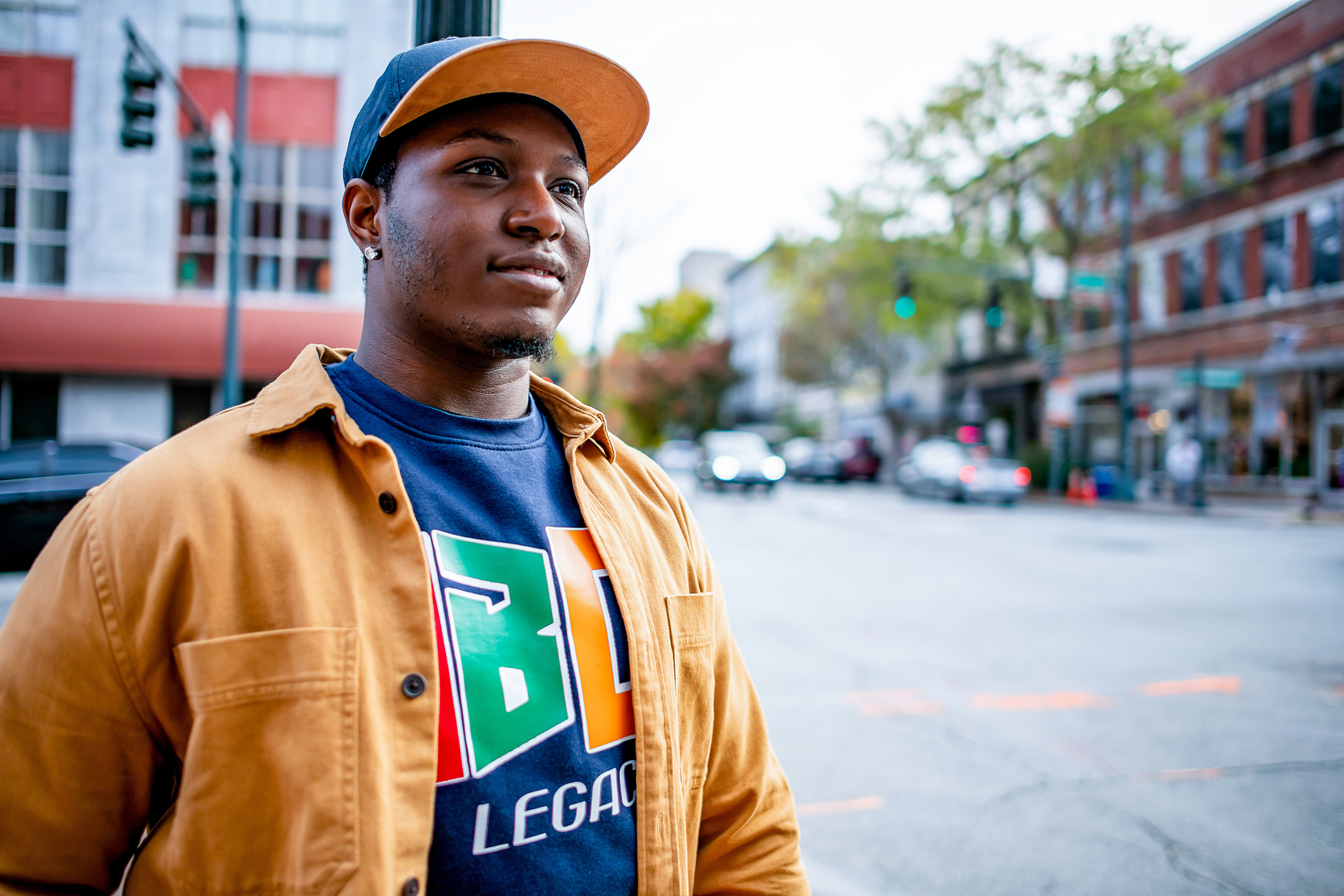What Are Minority Serving Institutions?
What’s a Minority Serving Institution (MSI)? You’ve heard of HBCUs, but what about HSIs or AANAPISIs? It’s easy to get confused by the acronyms, but MSIs play a critical role in higher education.
MSIs are academic institutions that take deliberate steps to recruit, enroll, and retain students from underserved populations. Currently, MSIs enroll over 5 million college learners. They provide critical resources for diverse and multicultural students. And there are many different types of MSIs, including population-based and mission-based colleges. Understanding MSIs can help you apply to the right colleges for you and get the most out of your academic experience.
The History of Minority Serving Institutions
Prior to the mid-1960s, the costs and entry requirements for higher education were often designed to serve rich or middle-class white individuals, and, as a result, excluded many historically marginalized groups. MSIs were created as a response to support these students and increase their access to higher education.
Historically Black colleges and universities (HBCUs) are the oldest MSIs. Many emerged in the 19th century in response to existing colleges banning Black students. The Higher Education Act of 1965 recognized official HBCUs. Over the next several decades, the federal government recognized MSIs serving other groups, including Native Americans, Hispanic and Latino/a students, and Asian Americans.
These MSIs are part of a broader legislative effort to increase diversity in higher education. Plus, campus diversity improves learning outcomes for everyone. MSIs receive federal funding to support diversity and improve graduation rates of historically excluded students.
To become an MSI, colleges typically must enroll an undergraduate population of 10-40% students from a particular minority group.
Types of Minority Serving Institutions
There are several types of Minority Serving Institutions. MSIs support historically excluded college students and preserve cultural heritage. Learn more about MSIs below.
Asian American and Native American Pacific Islander-Serving Institution
These population-based MSIs serve Asian American and Pacific Islander students. Colleges qualify as AANAPISIs if their undergraduate student body is at least 10% Asian American and Native American Pacific Islander.
AANAPISIs receive federal funds to support programs for Asian American and Pacific Islander students, including counseling, mentorship, and leadership opportunities. Many schools also offer programs focused on Asian American and Pacific Islander history and culture.
Alaska Native and Native Hawaiian-Serving Institution (ANNH)
Colleges with a high population of Alaska Natives or Native Hawaiians can qualify as ANNHs. Alaska Native-serving institutions must enroll Alaska Native students as at least 20% of the undergraduate body. Student bodies at Native Hawaiian-serving institutions must be at least 10% Native Hawaiian learners.
ANNHs qualify for federal grants to support Alaska Native and Native Hawaiian students through support services, scholarships, and programs.
Historically Black Colleges and Universities
HBCUs are the best-known type of Minority Serving Institution. But which schools count as HBCUs? While most MSIs qualify when they succeed in enrolling a particular percentage of undergraduates from the population in question, HBCUs qualify based on their history of having originally been established with the main intention of serving Black and African American students.
The Secretary of Education officially designated HBCUs. Only schools established before 1964 with a principal mission of educating Black Americans qualify. HBCUs receive federal support to continue their missions.
Hispanic-Serving Institution
Colleges can become HSIs if at least 25% of their undergraduate full-time students identify as Hispanic. Today, 2 in 3 Latino/a undergrads attend an HSI.
HSIs fund workforce preparation programs, offer bilingual programs, and recruit first-generation Latino/a college students at partner high schools.
Native American-Serving Nontribal Institution (NASNTI)
Native American colleges include NASNTIs and Tribal Colleges and Universities. NASNTIs are not run by tribes, but their undergraduate student bodies are at least 10% Native American.
Colleges that qualify receive grants to fund student support services, counseling programs, and other educational services that support Native American students.
Predominantly Black Institutions (PBI)
Predominantly Black Institutions, also known as Predominantly Black Colleges, have undergraduate student bodies of at least 40% Black and African American students. They also enroll low-income and first-generation students as at least half of the undergraduate class.
PBIs receive grants specifically to support Black students in STEM, health education, and teacher preparation programs. While all MSIs provide services to increase the graduation rate of the minority population they serve, PBIs also focus on Black men in particular, as their graduation rates lag behind those of Black women.
Tribal Colleges and Universities
TCUs are operated by American Indian tribes. The federal government recognizes 35 TCUs today, primarily in the West and Midwest.
Tribal identity is a core focus of TCUs, which foster American Indian culture and languages. In addition to reporting high graduation rates, these institutions provide social services in underserved areas.
The Importance of Minority Serving Institutions
Access to higher education has been a major issue for historically marginalized groups. So has student success and equity. MSIs promote access, equity, and success for these groups.
HBCUs, HSIs, and other MSIs provide student support services that address the unique needs of different communities. Many report significantly higher graduation rates for historically underserved groups than other colleges. And, they offer more options for financial aid for students of color than non-MSIs might.
MSIs play a crucial role in diversifying the workforce by offering students of color educational experiences that recognize and serve them best. Resources, support, faculty, and other educational experiences combine to enroll, retain, and graduate students of color who may otherwise struggle at non-MSI colleges. If you’re researching colleges, and especially if you are a student of color, consider an MSI for your degree.




